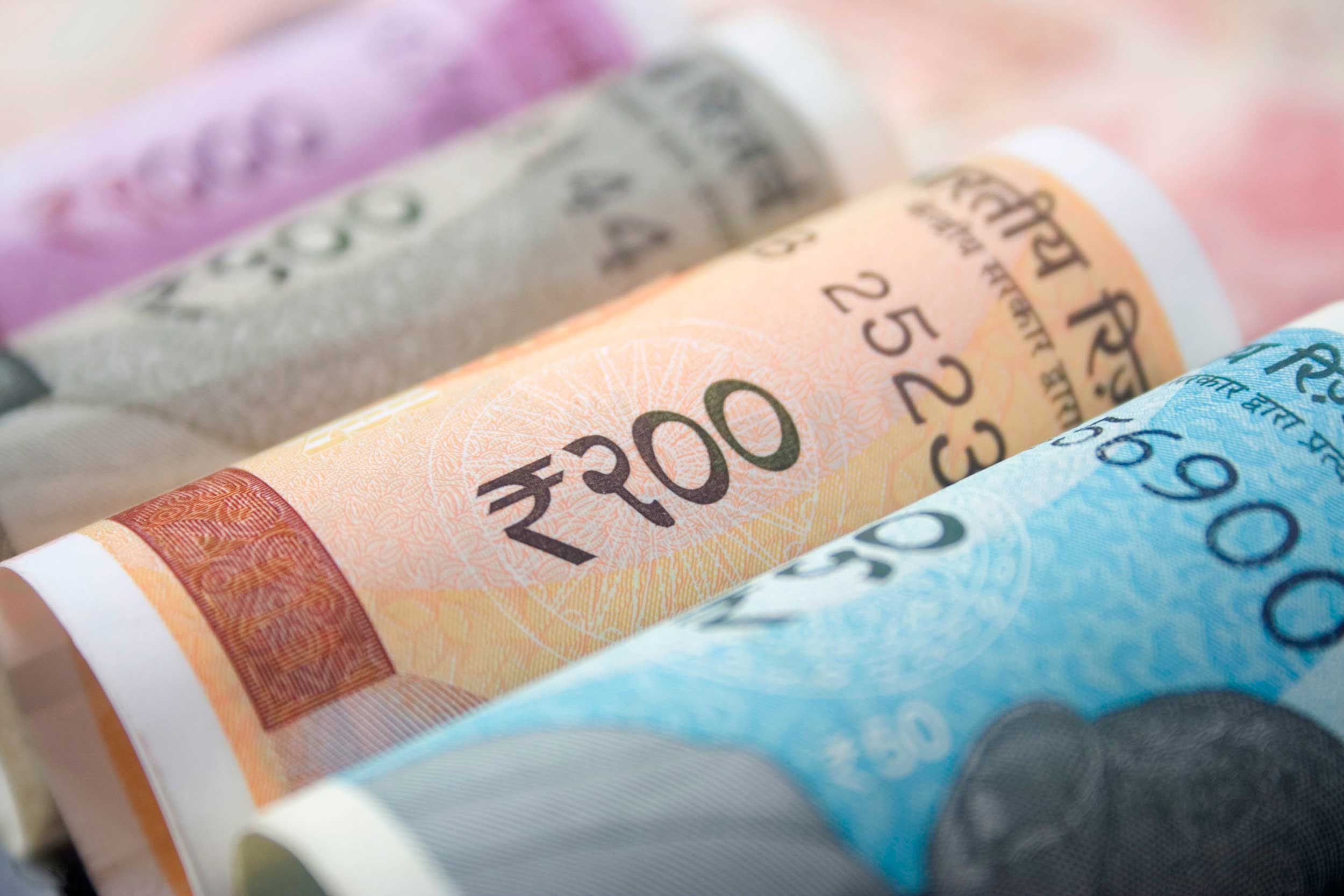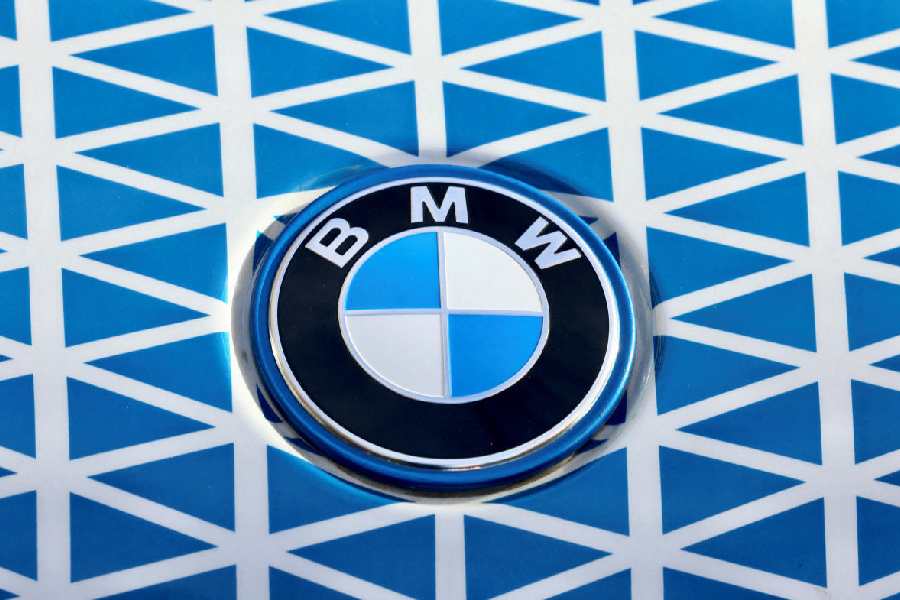Wholesale prices witnessed a deflation of 3.21 per cent in May because of a sharp decline in the prices of fuel and power.
The biggest fall in the wholesale price index (WPI) in more than four years signalled weak demand and opened a room for the RBI to further cut interest rates. The previous low was –3.7 per cent in November 2015. WPI inflation in May 2019 stood at 2.79 per cent.
Inflation in food articles during May stood at 1.13 per cent against 2.55 per cent in April. In the fuel and power basket, deflation stood at 19.83 per cent in May against 10.12 per cent in the previous month. Manufactured products witnessed a deflation of 0.42 per cent.
Aditi Nayar, principal economist at Icra, said she expected the rate setting monetary policy committee of the RBI “to prioritise alleviating the pain caused by the fall in economic activity, over management of inflation that will almost certainly turn out to be moderate in the near term”.
She expected another 25 basis point cut in the repo rate, whenever the MPC chooses to meet next. “Nevertheless, the efficacy of further repo rate cuts in the current environment remains uncertain.”
The RBI last month cut policy rates by 40 basis points, taking the key repo rate to its lowest ever at 4 per cent.
The crash in global crude price has led to a fall in domestic prices, though the government has raised the taxes paid by the fuel companies.
For the third month in a row, fuel and power category saw prices deflating. They came down 19.83 per cent in May against 10.12 per cent in the previous month and 2.93 per cent in March. Petrol, diesel, liquefied petroleum gas (LPG) — all saw prices falling in May.
Madan Sabnavis, chief economist at CARE Ratings, said the deflationary trend in wholesale prices is expected to persist this month. “The inflation in the fuel and power segment will see an uptick as the government has increased LPG prices and prices of petrol and diesel have also gone up in the domestic markets. We may see food prices continue to be pressurised,” he said.
The government has withheld headline retail inflation numbers for the last two months, citing suspension of field surveys due to coronavirus-related precautionary measures.
The CPI slowed to a revised 5.8% in March, data showed last month. That’s within the central bank’s 2%-6% target band, but faster than the 4% medium-term target.
Due to the nationwide lockdown imposed since March 25, the ministry had released truncated WPI inflation data for April, with figures of food, primary articles and fuel and power. However, it has advised its field offices to collect price data through electronic means and the final index for the month would be released next month.
'Price data is collected from selected institutional sources and industrial establishments spread across the country online through a web based portal maintained by the National Informatics Centre (NIC),' the ministry said.
The final print of March WPI inflation stood at 0.42 per cent as compared to its provisional levels of 1 per cent reported on April 14, 2020, the ministry said.










